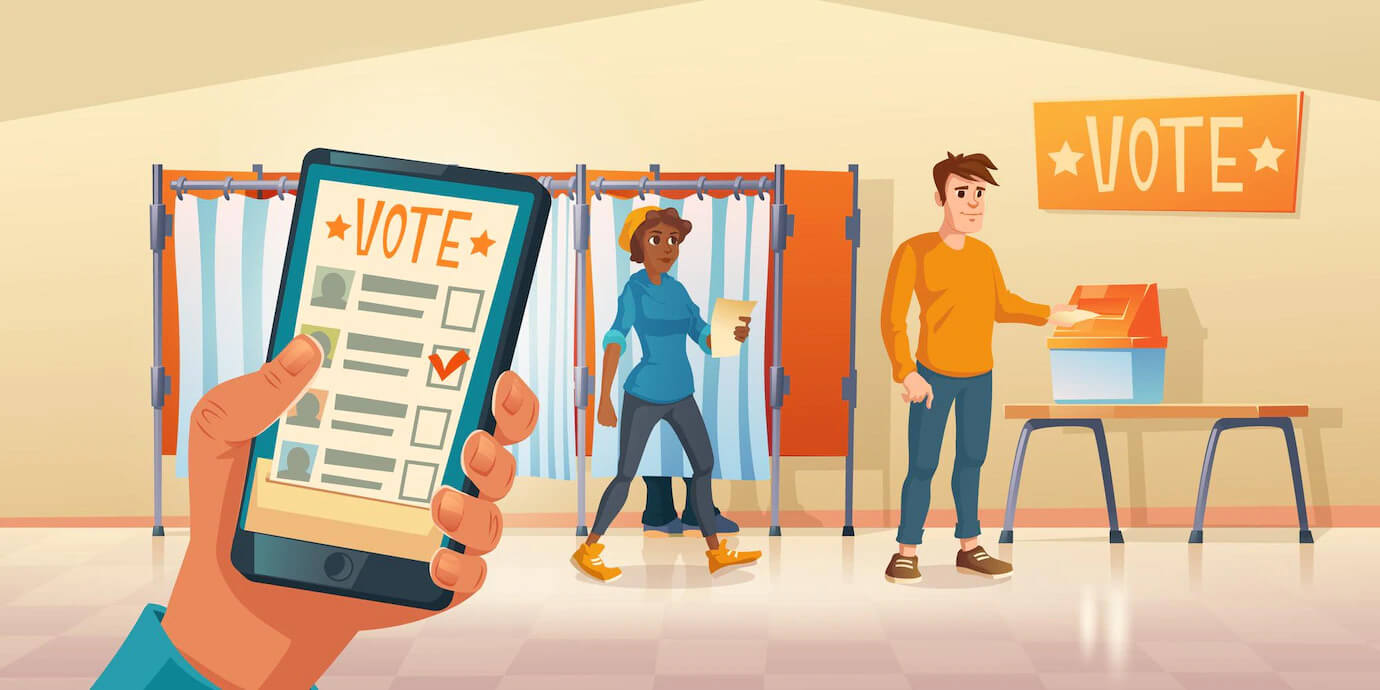Learners have different personalities as such they react differently to different types of motivation. Therefore, teachers should bear in mind that no rigid motivational procedures suit all situations or problems. The following are some of the applications of motivation to classroom situations.

Table of Contents
Active participation of learners
Learners are highly motivated when they are actively involved in the learning process. This can be achieved when age and level of mental development are taken into consideration. For instance, a teacher teaching (3-2) to grade ones will require concrete objects to help them understand what three minus two is in order to arrive at the answer. This will stimulate the learners’ interest and help them see the purpose and the goal which they will strive to achieve.
Knowledge of goals
Knowledge of objectives in a learning process enhances motivation. It is therefore imperative that teachers make known to the learners the objectives of the lesson as this will make the learners aware of what is expected of them
3. Relationship with life
Learners should always relate to real-life situations whenever they are learning. For instance, when as a teacher you are teaching about vegetables, you need to use local vegetables that the learners can relate with such as chibwabwa even when you are using western-oriented sources (books). Learners need to know what is local first before you introduce them to what is foreign.
Teacher-pupil relationship
A good teacher-pupil relationship enhances motivation in the learners. Learning is likely to take place when the learner feels comfortable with the teacher as they will be free to ask questions where they do not understand even outside the classroom. However, this relationship has to be strictly academic especially when opposite sexes are involved.
Applications of Motivation in Incentives
Incentives are a great aspect of motivation in the learning process. Learners will work extra hard in order to obtain some incentives. Teachers should use incentives such as high grades, praise, and recognition and in early grades use things like stars, stickers with characters that are valued by learners.
In some cases, a teacher can publish results for any given work so as to motivate those who do not perform well.
Knowledge of progress
Prompt knowledge of results after an assessment has a powerful effect on motivation in learning. In any given training situation, the learner needs to know how they are progressing. This can be done by providing the learner with the results of whatever work is given. A teacher should therefore give feedback to learners whenever work is given this will enable the learner to concentrate on what they are not performing well. This type of motivation is effective if the teacher is in the habit of giving internal assessments to learners at regular intervals.
Use of learning styles
People use different learning styles in order for learning to take place. Some learners learn faster when reading most of the materials on their while on the other hand others may learn faster by listening to the teacher. It would therefore be unrealistic for a teacher to employ only one type of learning method in a classroom of many learners. For instance, an auditory learner will be less successful and motivated if the learner if the teacher always uses reading a textbook as a means of instruction. Likewise, a kinaesthetic will be less motivated listening to the teacher all the time.
Teachers can also use various presentation modes such as ICT to present a lesson, however, care must be taken during planning so that the material focuses on the objective of the lesson.
Co-curricular activities such as subject clubs and field trips can also be used to motivate learners. This is so because such activities will enable learners to study the materials on the spot thereby developing interest which leads to better and lasting learning. Some researchers have provided that instruction in classrooms is increasingly routine and repetitive in nature and that if learning tasks were more like play or recreational activities, motivation in academic activities would increase.


